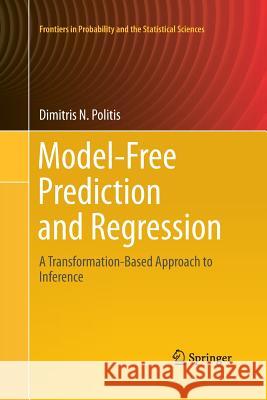Model-Free Prediction and Regression: A Transformation-Based Approach to Inference » książka
topmenu
Model-Free Prediction and Regression: A Transformation-Based Approach to Inference
ISBN-13: 9783319352497 / Angielski / Miękka / 2016 / 246 str.
Model-Free Prediction and Regression: A Transformation-Based Approach to Inference
ISBN-13: 9783319352497 / Angielski / Miękka / 2016 / 246 str.
cena 403,47 zł
(netto: 384,26 VAT: 5%)
Najniższa cena z 30 dni: 327,68 zł
(netto: 384,26 VAT: 5%)
Najniższa cena z 30 dni: 327,68 zł
Termin realizacji zamówienia:
ok. 22 dni roboczych
Bez gwarancji dostawy przed świętami
ok. 22 dni roboczych
Bez gwarancji dostawy przed świętami
Darmowa dostawa!
Kategorie:
Kategorie BISAC:
Wydawca:
Springer
Seria wydawnicza:
Język:
Angielski
ISBN-13:
9783319352497
Rok wydania:
2016
Wydanie:
Softcover Repri
Ilość stron:
246
Waga:
0.37 kg
Wymiary:
23.39 x 15.6 x 1.42
Oprawa:
Miękka
Wolumenów:
01
Dodatkowe informacje:
Wydanie ilustrowane











